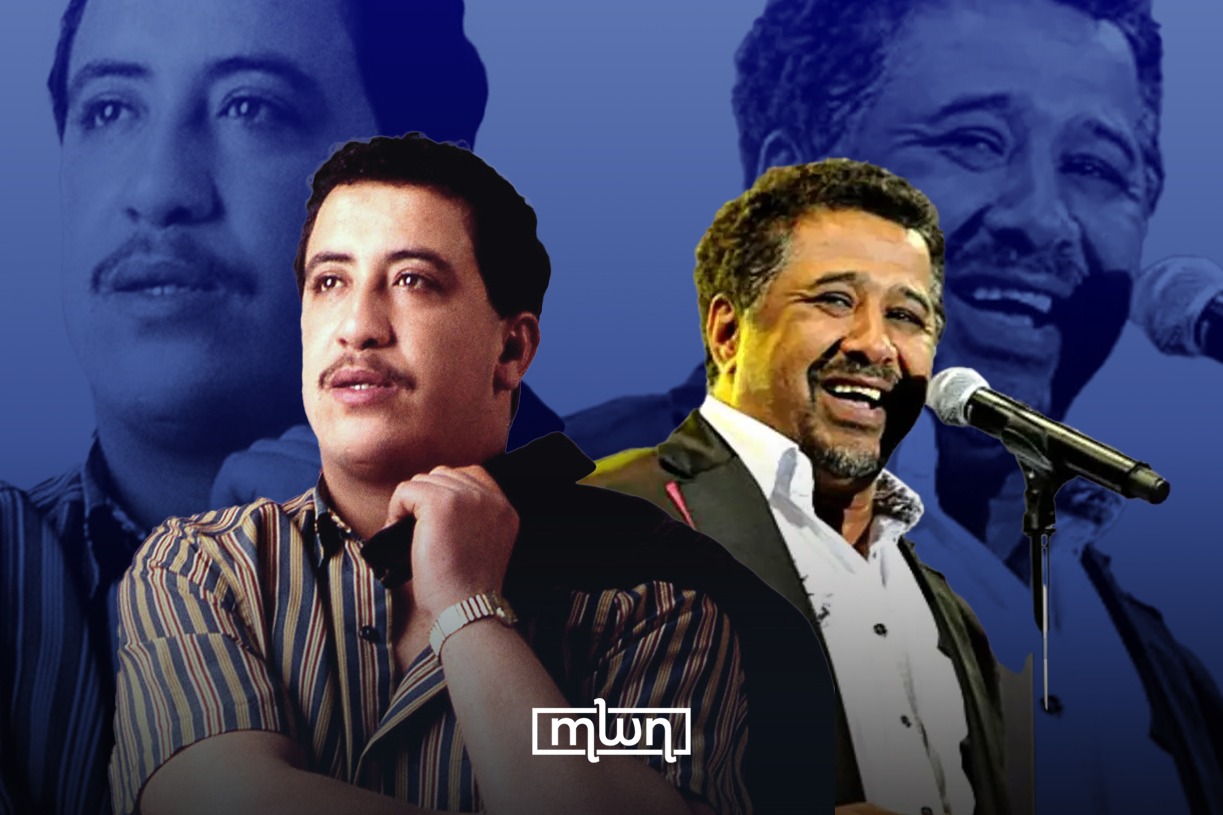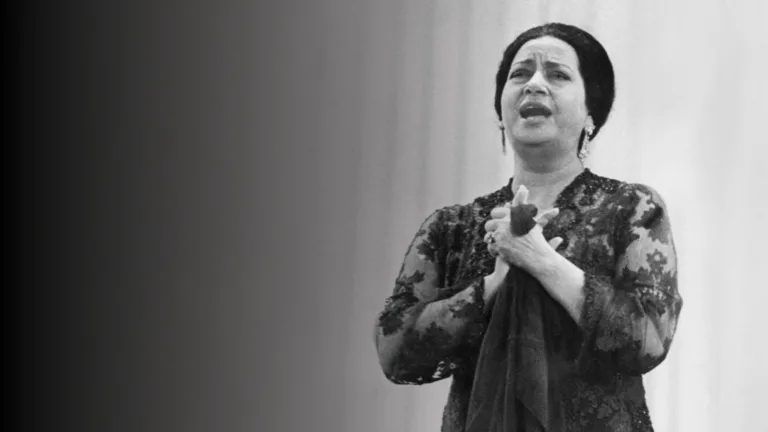You know how some people will go on about how music just “speaks to your soul?” Well, imagine if your soul had a microphone, a drum kit, and absolutely no filter.
Marrakech – Born in the sun-soaked streets of Algeria, Rai music is a genre that fuses tradition with defiance, making it one of the most dynamic musical exports from North Africa.
With its roots steeped in the folk traditions of the region, Rai is more than just music — it’s a cultural phenomenon that speaks to the trials, tribulations, and triumphs of the everyday person.
The origins of Rai
The word “rai” translates to “opinion” in Arabic, and the genre emerged as a means of personal and social expression for Algeria’s marginalized communities.
Early Rai was heavily influenced by Bedouin music, with its soulful melodies and poetic lyrics, often accompanied by traditional instruments like the guesba (flute) and darbuka (drum).
Singers were the storytellers of their time, addressing themes like love, heartbreak, poverty, and societal expectations.
The evolution of a genre
Rai had undergone a dramatic transformation, incorporating modern instruments like keyboards, synthesizers, and electric guitars.
This shift was largely driven by a new generation of artists such as Cheb Khaled and Cheb Mami who brought a fresh, globalized sound to the genre.
These musicians blended traditional Rai with reggae, hip-hop, and even Western pop, creating a hybrid style that resonated with audiences far beyond Algeria’s borders.
The lyrics also evolved, becoming more provocative and politically charged.
Rai singers tackled taboo topics such as alcohol, love outside of marriage, and the struggles of youth in conservative societies.
Unsurprisingly, this outspokenness often landed Rai artists in hot water with both the authorities and conservative factions, who viewed the music as subversive.
Global recognition
Rai’s rebellious spirit caught the attention of international audiences, thanks in large part to the breakout success of Khaled’s hit single, “Didi.”
The song became an anthem across Europe and the Middle East, cementing Rai’s place on the world stage.
Soon, collaborations with Western artists followed, bringing the genre into new musical territories.
Cheb Mami’s duet with Sting on “Desert Rose” introduced millions to the hypnotic allure of Rai.
Rai’s adaptability and fusion with other styles ensured its relevance in an ever-changing musical landscape.
A soundtrack of resistance
At its core, Rai remains a voice for the voiceless.
During Algeria’s civil war in the 1990s, a period known as the “Black Decade,” Rai music became a form of resistance.
Artists risked their lives to perform, often facing threats from extremists.
Tragically, this era claimed the lives of several prominent figures in the Rai community, including Cheb Hasni, who was assassinated in 1994.
Despite these challenges, Rai endured, continuing to offer a platform for freedom of expression and cultural pride.
The modern Rai scene
Today, Rai has a new generation of torchbearers who are reinventing the genre for contemporary audiences.
Artists like Soolking and Zaho are blending Rai with modern genres like trap, R&B, and electronic music, keeping its rebellious spirit alive while reaching new audiences through digital platforms.
At the same time, traditional Rai remains a powerful symbol of Algeria’s rich cultural heritage.
Festivals dedicated to the genre, like the Rai Festival in Oran, attract fans from all over the world, celebrating the music’s enduring legacy.
Way Way music
In the wake of Rai’s global success, a new wave of artists has emerged with their own unique take on the genre, blending traditional influences with contemporary, sometimes experimental sounds.
This new subgenre, often dubbed “Way Way,” is the rebellious little sibling of classic Rai, pushing boundaries with an edgier, more experimental vibe.
Artists in the “Way Way” scene are turning heads — and not always for the right reasons.
While their music is undeniably catchy, it has drawn its fair share of critics who call out the over-the-top music videos, exaggerated lyrics, and sometimes audacious messages.
The term “Way Way” itself comes from the exaggerated, almost comical approach to the genre’s reinvention.
Some critics argue that the genre is just a passing phase — flashy but lacking in substance.
The videos are often loud, packed with vibrant colors and outlandish fashion choices, while the lyrics are sometimes crass or too explicit for more traditional tastes.
Yet, despite the sarcasm from critics, “Way Way” music has garnered a massive fanbase, with young listeners flocking to the scene for its high energy and unfiltered honesty.
A lasting legacy
Rai music is more than a genre — it’s a movement, a testament to the power of art as a means of survival and defiance.
From the dusty streets of Oran to the global stage, Rai continues to inspire and connect, reminding us that music, like life, is most beautiful when it’s unapologetically authentic.
Whether you’re swaying to the beats of “C’est la vie” or discovering the genre’s rawer roots, Rai offers a universal message: Speak your truth, live your rhythm, and dance through life’s challenges.















